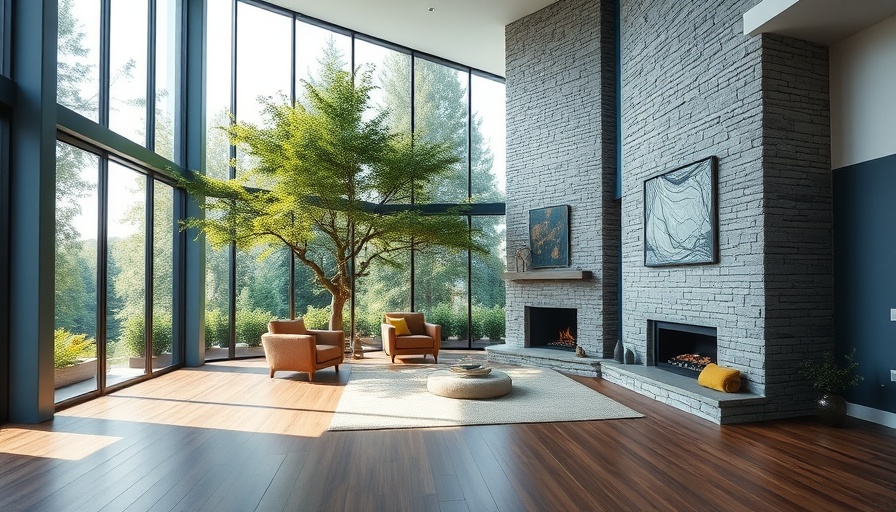
The High Cost of a Design Risk: What Went Wrong?
Every homeowner has their own design dreams, but those dreams can sometimes lead us down troubling paths, just like the story of the infamous ficus tree. Purchased at an extravagant price, this decorative plant was not merely a piece of decor; it became a thorn in the side of its owner. In this exploration, we will delve into the heart of this design disaster, illustrating how what seemed like a luxurious addition can spiral into chaos.
How Unexpected Complications Turn Love into Regret
Initially, the ficus tree seemed like the perfect choice—a stunning accent for a magazine-worthy living room. However, the reality of caring for such a beautiful, yet temperamental, plant soon revealed itself. Homeowners often overlook the painstaking maintenance required for exotic plants, especially if they are unaccustomed to their needs. The costs incurred weren't just financial; they included a painful learning curve that resulted from inattention and environmental mismatches.
The Learning Curve: Plant Parenthood Gone Awry
As the author discovered, learning how to nurture a plant is as important as selecting its aesthetic presence. From watering schedules to understanding lighting conditions, each factor significantly influences the plant's health. The author’s experience with aphids and sap hazards is not uncommon. Many homeowners find themselves in similar situations where their initial excitement turns into frustration as plants start to decline. It's a poignant reminder that the journey of home decoration often brings unexpected lessons in care and responsibility.
Lessons Learned: Taking Control of Household Design Risks
What does it mean for homeowners when a decorative piece becomes a source of stress? It calls for a re-evaluation of our choices and methods. Luckily, this story doesn’t end in despair. Instead, it opens up a conversation about smarter choices in home design and care. For instance, integrating low-maintenance alternatives or seeking advice from experts in the field can mitigate such problems. Every unfortunate designer misstep is an opportunity to gain knowledge and insight.
Creating Spaces That Work: A Practical Approach to Design
In light of the difficulties faced with the ficus, homeowners are encouraged to consider their lived spaces holistically. The ambiance of a home should align with practicality. Factors such as climate, lifestyle, and family needs should guide decor decisions, ensuring a harmonious relationship between aesthetics and functionality. This balance is crucial in making informed choices that won’t lead to regret down the line.
Inspiration From Experts: Avoiding the Design Pitfalls
Incorporating feedback from design professionals can provide invaluable guidance. They can help homeowners navigate trends and share insights on how to circumvent common pitfalls, thus transforming a house into a home without the associated horror stories. Additionally, drawing upon experiences like that of the ficus can breed innovation in avoiding similar blunders.
Taking Action: Moving Forward with Confidence
Homeowners shouldn't feel deterred by past mistakes in their design journey. Every hiccup offers a wealth of knowledge. By embracing these lessons, you can steer clear of regret while creating spaces you genuinely love. Consider revisiting your choices—even experimenting with new designs or plants that complement your environment better.
Recognize the importance of making informed, careful investments in your home decor. The allure of that perfect piece should not overshadow the foundational knowledge required to maintain it. As we evolve in our understanding of interior design, let the story of the ficus tree serve as both a cautionary tale and a source of motivation.
For all homeowners: Take the opportunity to learn from Emily's experience. Begin a dialogue about your design challenges and share experiences with fellow enthusiasts. The journey to an inviting home doesn't have to be painful, particularly when you have resources and communities to guide you.
 Add Row
Add Row  Add
Add 




 Add Row
Add Row  Add
Add 

Write A Comment